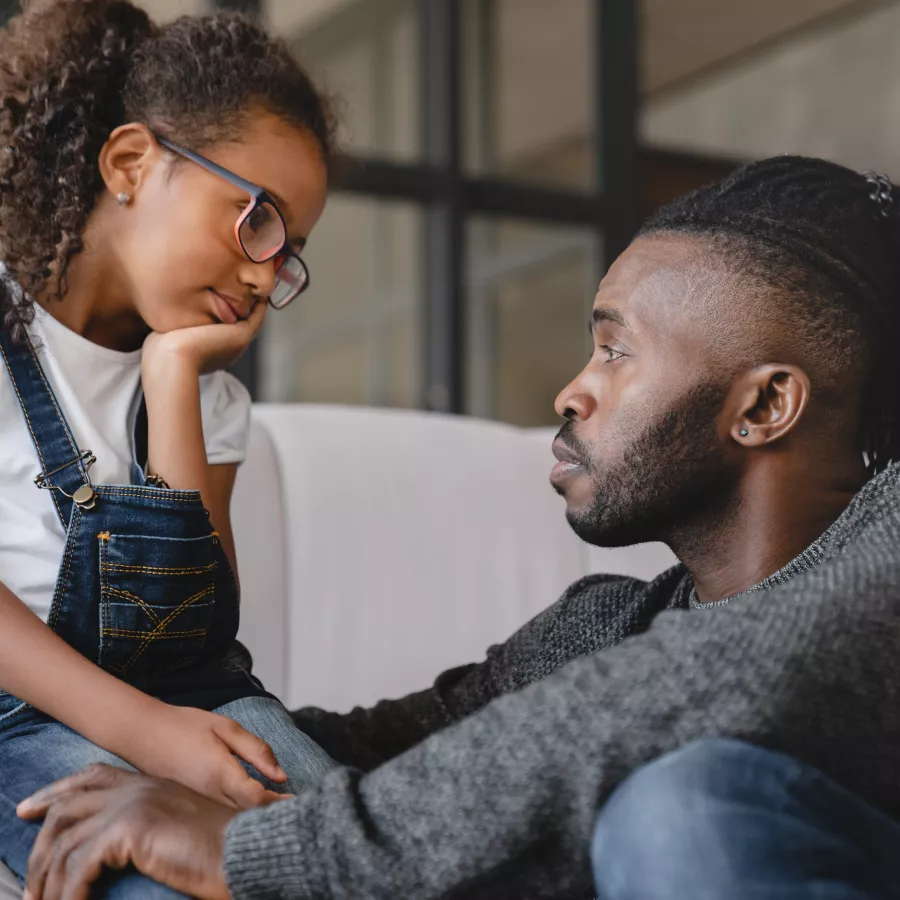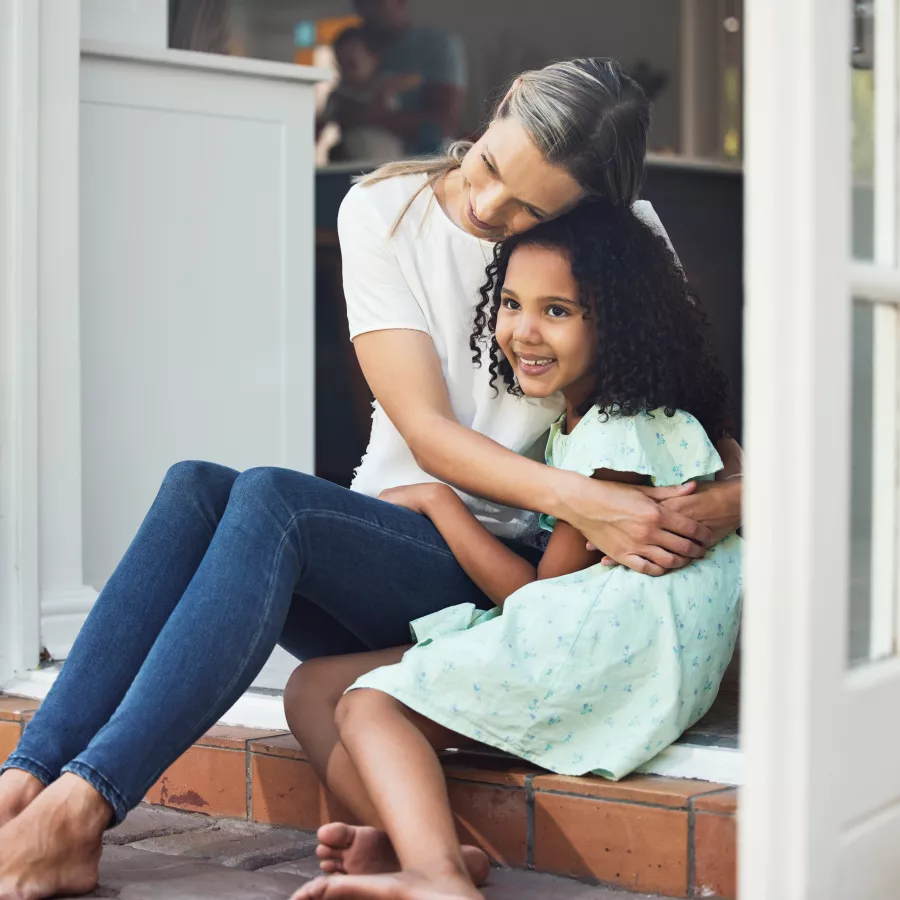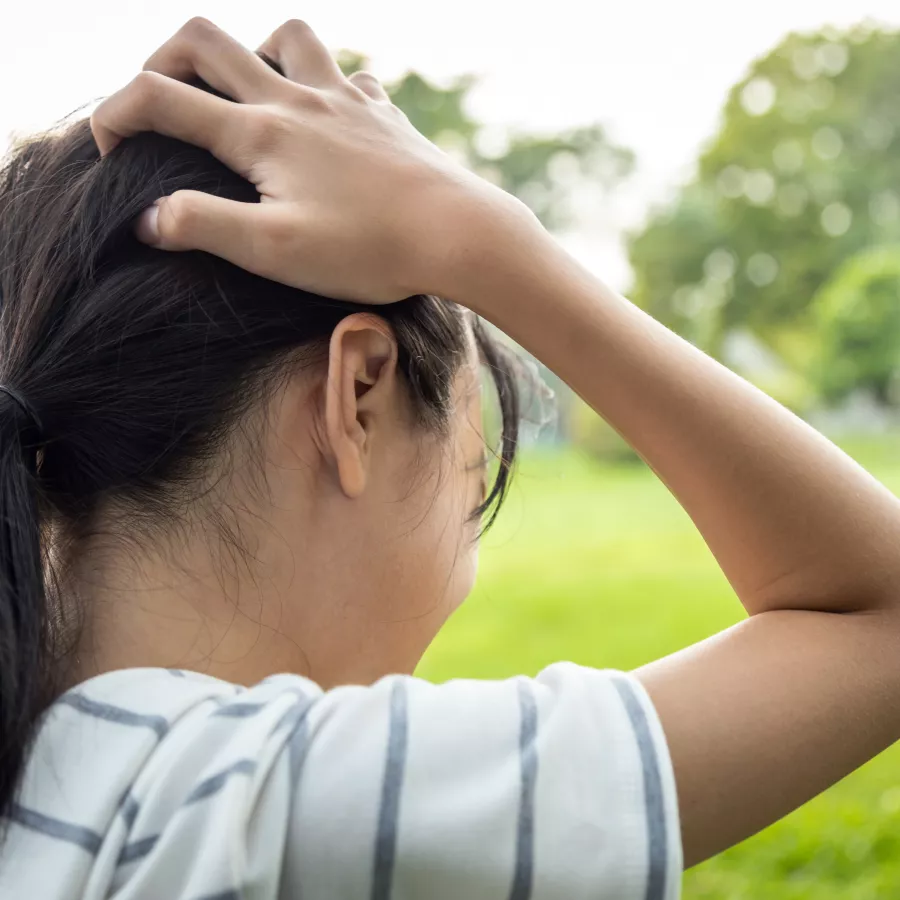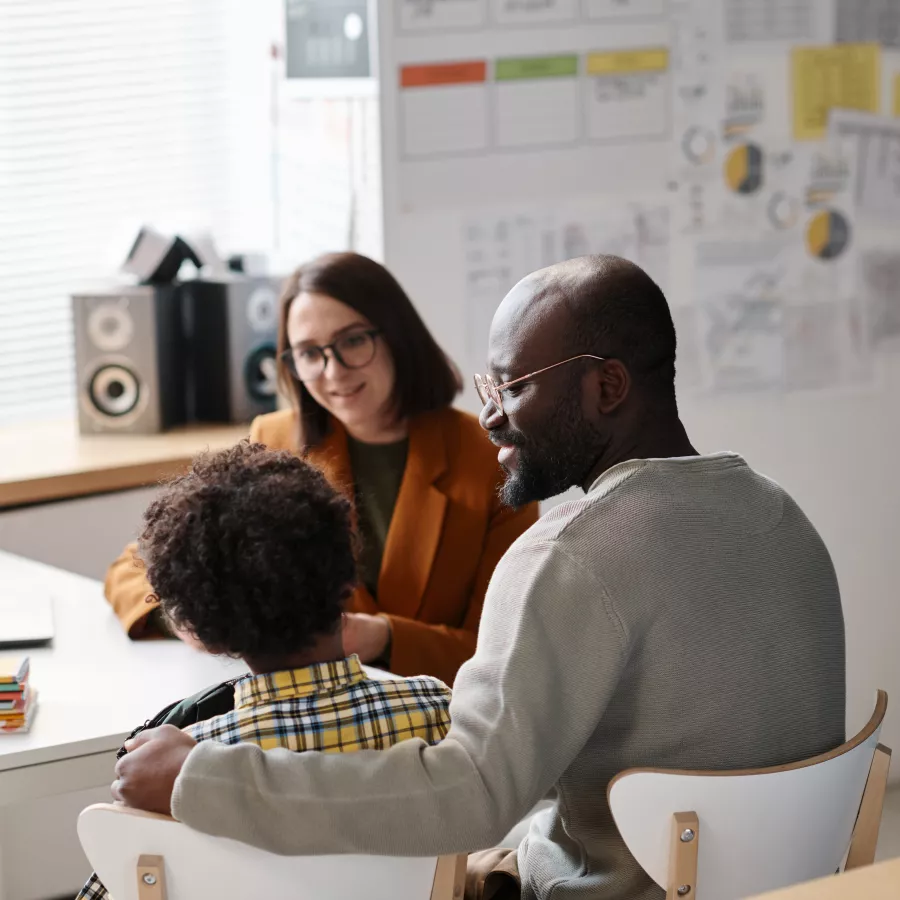Brain Injury Guide for Parents
What Can Parents Do?
A concussion is a brain injury. It happens when someone crashes into another person or the ground or is hit by an object like a ball.
Getting hit in the head or body can make the brain move inside the skull. This creates changes in the brain and causes symptoms. You can’t see this kind of damage on an MRI or CT scan.
As a parent, you are in the best position to monitor any cognitive, physical, and/or behavioral changes in your child.
Below you'll find practical tips for supporting your child's recovery after concussion. You may want to share the tip sheets with your child's teachers or with medical staff.

Help your child balance activity
- To help your child recover, it’s important to balance their activity level. Not too much, but not too little. If they do too much activity, their symptoms may get worse. But, if they do too little, their brain won’t get the practice it needs to recover.
- Use the 3Ps: Prioritize, Plan, Pace
- Prioritize your child's limited charge on the activities that are most important
- Plan which activities they are going to do and when they are going to do them. Plan difficult or more important activities when your child has more energy - so after a rest or on a day they don't have many other activities to do.
- Pace: Go slow and gradual.

Use targeted strategies for specific symptoms
Strategies for Helping Your Child Manage Emotions
Help your child to understand what they can control and what they can’t. If your child feels stressed out or anxious, try to help them control what they can about the situation. Is the dog barking? Taking the dog for a walk might make you both feel better. Is there too much activity in your house? Try to find a quiet space for your child to relax and listen to music. Your child can’t focus on the book they are reading? Have them try reading short segments and then taking a short break to think about what they just read.
Learn more about managing emotions:
- Managing Your Emotional Reactions
- Helpful Vs Harmful: Ways To Manage Emotions
- How to Help Teens Manage Their Emotions and Accept Their Feelings
- Are You Stressed Out? (For Kids And Teens)
STRATEGIES TO HELP WITH BALANCE & DIZZINESS
After a concussion you might notice changes with your child's balance. They could feel dizzy or
have a sudden sensation that they're spinning. Here are a few suggestions that can help.
- Be cautious! Talk with your child's doctor or physical therapist (PT) about how your child is feeling. They can help design a program that challenges your child but is also safe for your child to practice at home.
- Help your child increase their strength and flexibility. Your child's doctor or PT can provide more information about exercises that can help.
Learn more about the benefits of helping your child to stay active:
- Balance, Breathing and Flexibility
- Health Benefits of Physical Activity for Children
- How much physical activity do children need?
Download the Tip Sheet
Strategies to Help with Balance and Dizziness
STRATEGIES TO HELP STAY FOCUSED
After a concussion, you might notice that your child's focus, and attention are off. For
example, they might struggle to stay focused on a household chore like setting the table. Or it could take longer for them to complete homework. Here are some simple tips that can help.
Health tips
- Making sure your child gets a good night of sleep
- Ensure your child eats regularly (meals and snacks) and drinks fluids throughout the day.
- Have your child try exercising before they study. Even 15 minutes of aerobic exercise can help avoid distractions and maintain focus on work.
Tips to Limit Distractions
- Loud or busy settings can make it hard to concentrate and remember things.
- If lights bother your child, try to find a way to reduce the glare.
Tips for Time Management
- Use tools that help your child stay organized. Keep track of assignments in a planner or on a phone app.
- Encourage your child to recognize when they are feeling stressed or experience other changes in their emotions. Emotions can interfere with concentration and learning.
- Encourage your child to take regular breaks
- Break tasks down to something that they are confident in their ability to do.
- Reduce the pressure. Instead of trying to write a complete essay, have your child start by writing a rough first draft.
Download the Tip Sheet

Monitor Symptoms
Concussion symptoms may last from a few days to several months. Some may never go away. Concussions can cause symptoms that interfere with school, work, and social life.
Here are some signs and symptoms—following a witnessed or suspected blow to the head or body— that are indicative of probable concussion.
Emergency Signs and Symptoms
The following situations indicate a medical emergency and require that a child be transported immediately to the nearest emergency room via ambulance (call 911, if available in your area):
- Loss of consciousness (any duration), or inability to wake up
- Decrease or irregularity in respirations
- One pupil larger than the other.
- A headache that gets worse and does not go away.
- Slurred speech, weakness, numbness, or decreased coordination.
- Repeated vomiting or nausea, convulsions or seizures (shaking or twitching).
Non-emergency Signs and Symptoms
The following non-emergency signs and symptoms might indicate a concussion. If your child’s concussion signs or symptoms get worse be sure to share this information with their healthcare provider.
Signs
- Appears dazed or stunned
- Exhibits confusion
- Forgetful
- Balance problems
- Personality change
Symptoms reported by child
- Headache
- Fatigue
- Nausea or vomiting
- Double vision, blurry vision
- Sensitivity to light and noise
Download the Tip Sheet for a complete list of symptoms to monitor:

Support the Return to School Process
- Identify a support person at school who can help communicate with your child’s teachers about their symptoms and the strategies that will help your child manage schoolwork
- Meet with your point person.
- Monitor and adjust the plan as needed
Download the Tip Sheet for more:

On TRACK
Check out On TRACK (Online Treatment Recovery Assistance for Concussion in Kids) to learn more about what a concussion is, how to get back on track, how to help your child get better, taking control of your child’s recovery, learn targeted strategies for getting better, and returning to school, sport or participation.
Return to School
If your child is a student, check out Return to School for resources that you can share with your child’s teachers, coaches and health care providers to get on the same page and work together to help your child recover.
InfoCabeza
InfoCabeza aims to provide parents with the tools and knowledge to support their child-athlete to recognize, report and recover from concussion.
